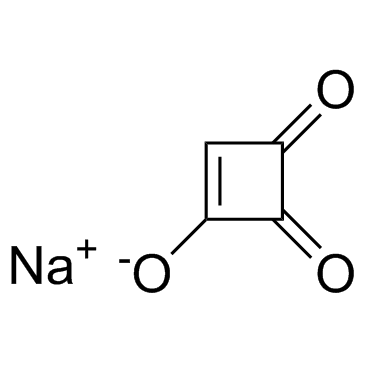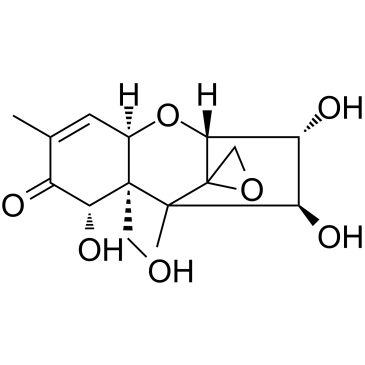| 结构式 | 名称/CAS号 | 全部文献 |
|---|---|---|
 |
串珠镰刀菌素
CAS:71376-34-6 |
|
 |
瓜萎镰菌醇
CAS:23282-20-4 |
| 结构式 | 名称/CAS号 | 全部文献 |
|---|---|---|
 |
串珠镰刀菌素
CAS:71376-34-6 |
|
 |
瓜萎镰菌醇
CAS:23282-20-4 |